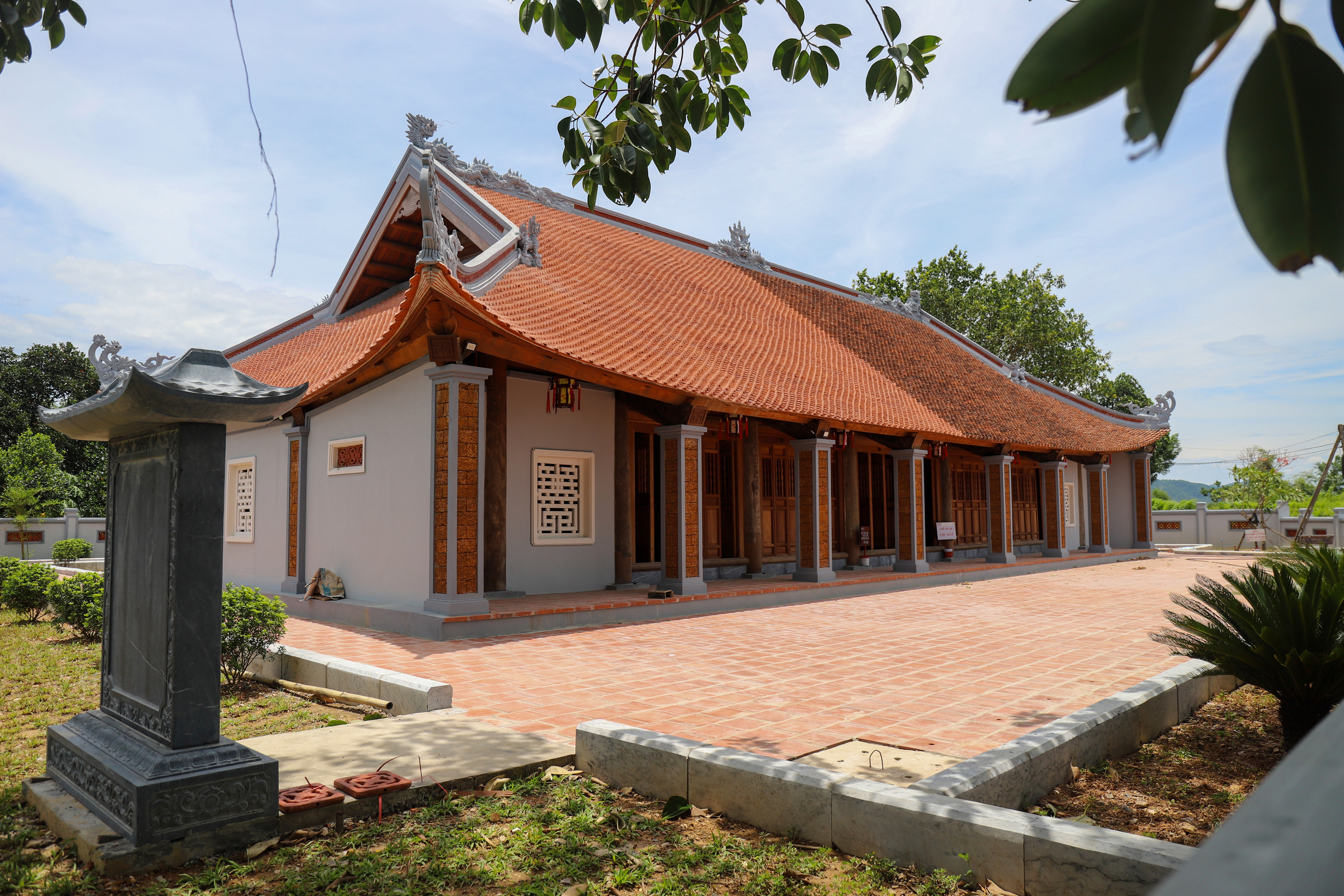 |
The main hall features 7 compartments, 8 roof frames, and 32 columns. During the restoration, 4 severely damaged columns were completely replaced, 6 remained intact, and 26 were partially repaired. |
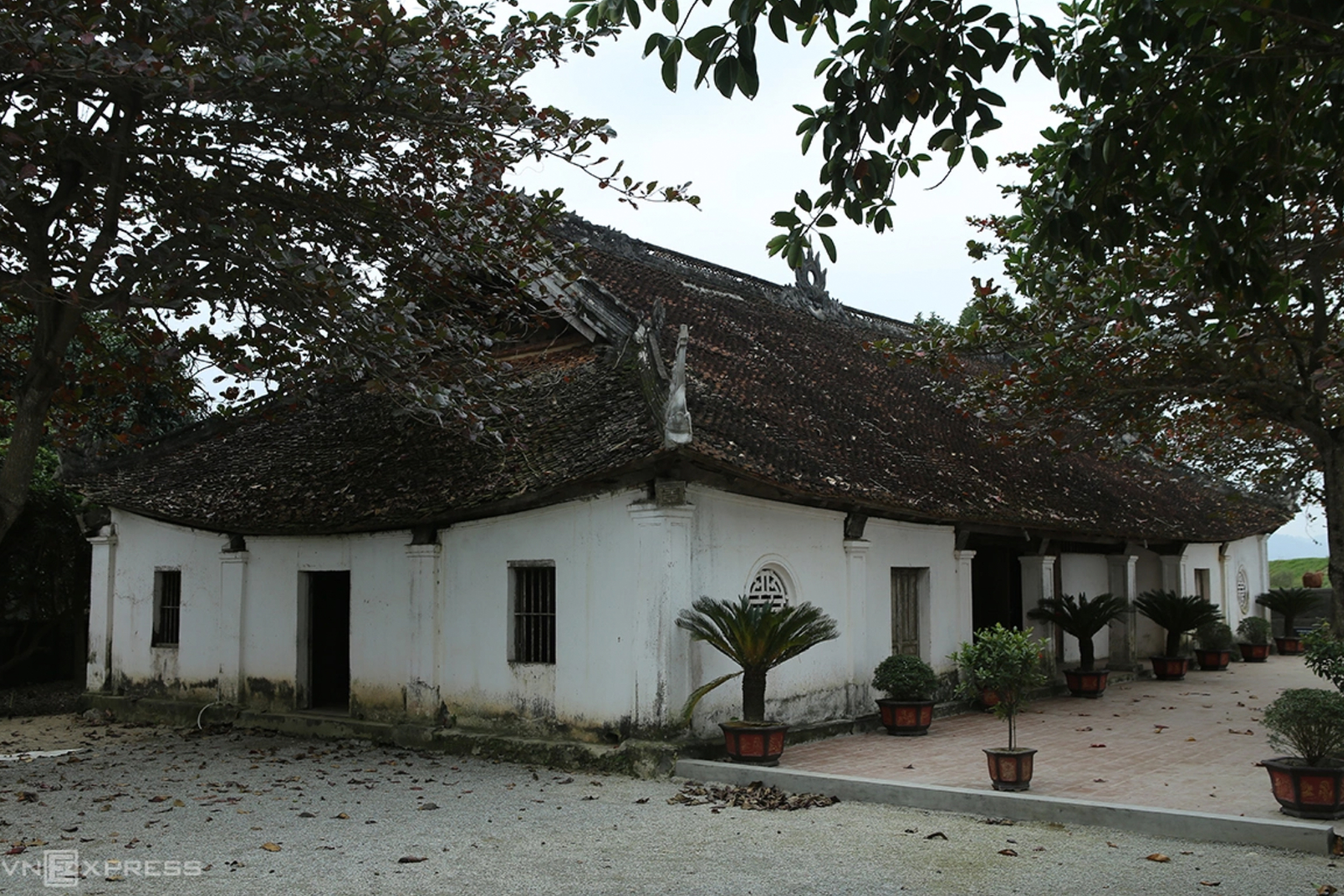 |
The columns and crossbeams feature dozens of carved wooden panels depicting traditional themes like the "four sacred creatures" (dragon, unicorn, turtle, phoenix) and the "four seasons" (pine, chrysanthemum, bamboo, apricot), as well as scenes of social life such as: the triumphant return of scholars, exam results viewing, martial arts competitions, boat rowing, and idyllic rural life. |
Built in 1763, the Hoanh Son communal house sits on over 2,500 m2 of land in Thien Nhan commune, formerly part of Nam Dan district. It faces northeast towards the Lam River, with mountains rising behind it.
Intricate carvings adorn the wooden beams, rafters, and corbels of the main hall. Prominent motifs include the four sacred creatures (dragon, unicorn, turtle, and phoenix), alongside illustrations of historical events and legends. The central section of the main hall features decorative panels and large ancient inscriptions in Chinese characters.
Researchers and architectural experts consider Hoanh Son communal house a prime example of central Vietnamese architecture, boasting the finest woodcarvings in the country. Designated a national historical relic in 1984, it was further recognized as a special national architectural and artistic relic by the Prime Minister in 2017.
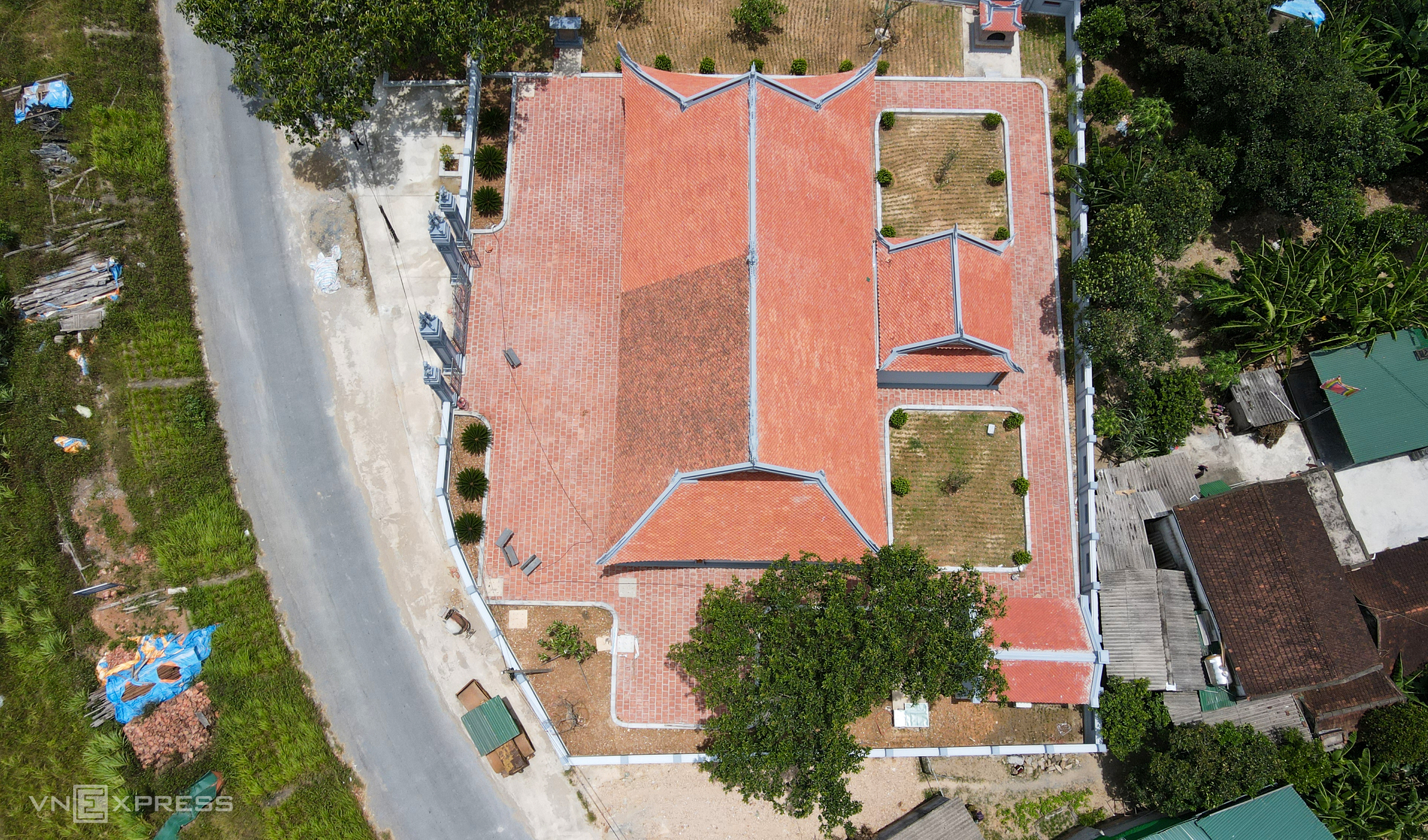 |
Two striking carvings of dragons flank the entrance. On the right is a male dragon, on the left, a female. The intricate dragon motifs, meticulously restored, are now even more captivating. |
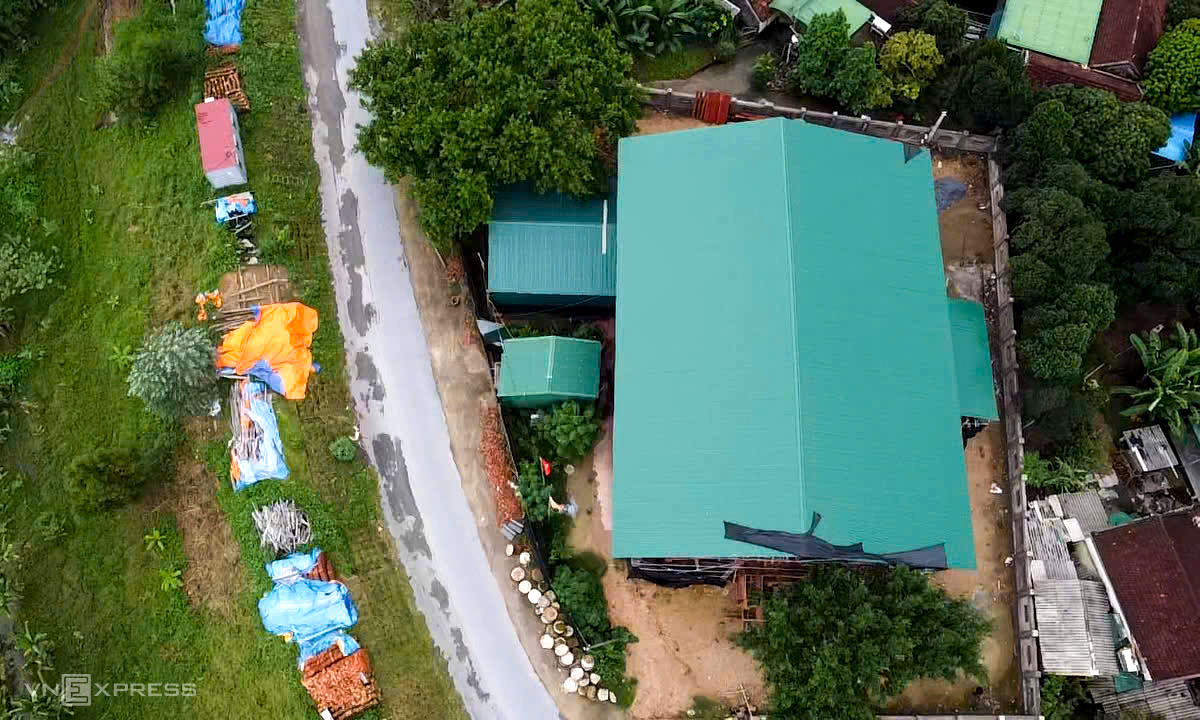 |
A scene of boat rowing has been refreshed. Previously, some details were unclear, including the waves beneath the boat. |
Over time, the communal house had deteriorated, with many wooden components succumbing to decay. In 3/2024, the Nghe An Department of Culture, Sports and Tourism initiated a 24 billion VND restoration project. A 2-meter wall now encloses the grounds, complemented by newly planted trees at the gate and along the right side of the building.
According to department officials, while the Hoanh Son communal house has undergone several repairs, this is the most extensive restoration since its initial recognition as a national relic. Before dismantling sections of the structure, the department consulted the Department of Cultural Heritage. Only severely damaged and irreplaceable components were replaced, preserving the original elements to maintain the building's historic integrity.
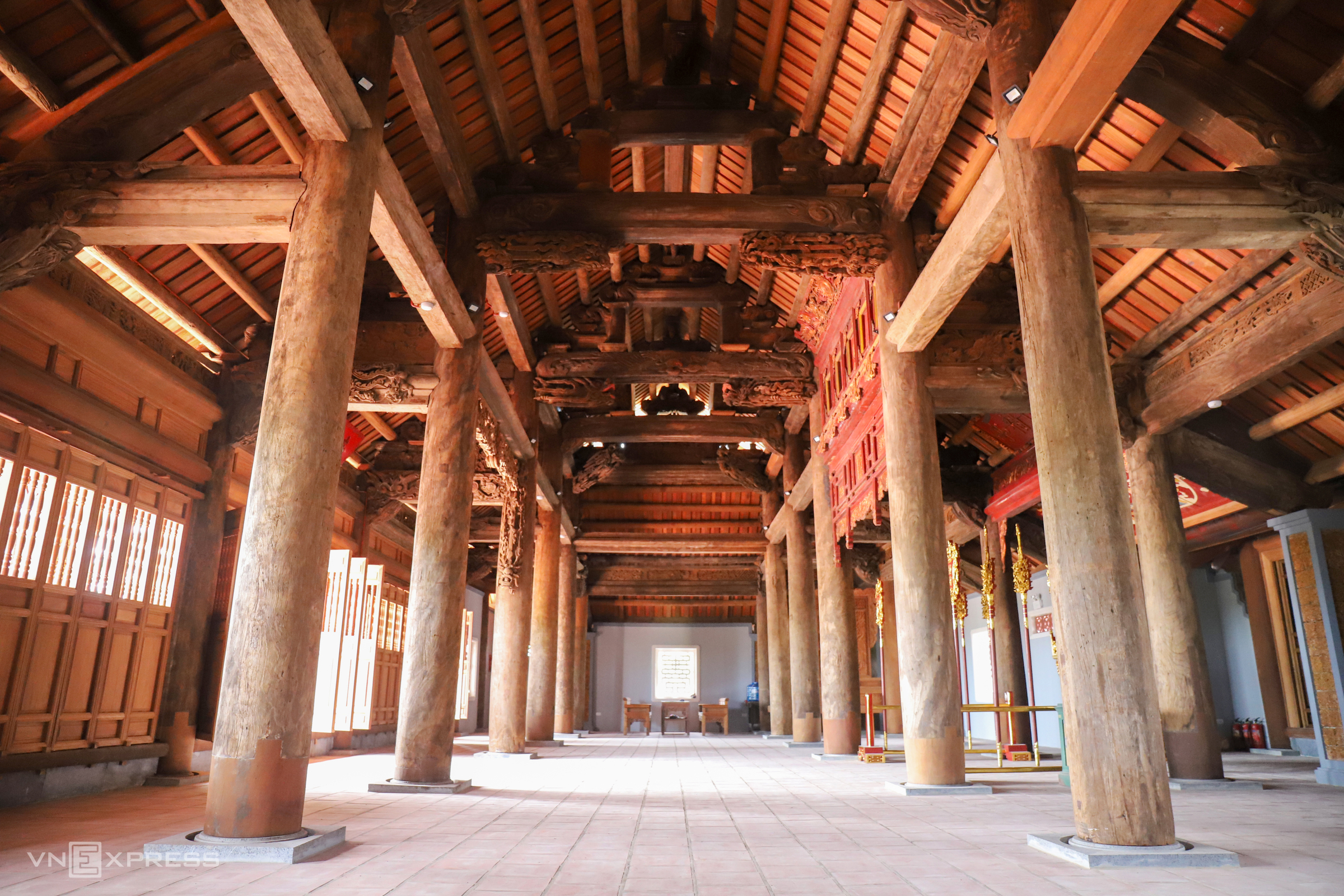 |
The former Khanh Son village, now Thien Nhan commune, received a royal decree. Village elders carved the decree onto wooden panels and placed them in Hoanh Son communal house for preservation. The decree has been repainted, highlighting the inscriptions. |
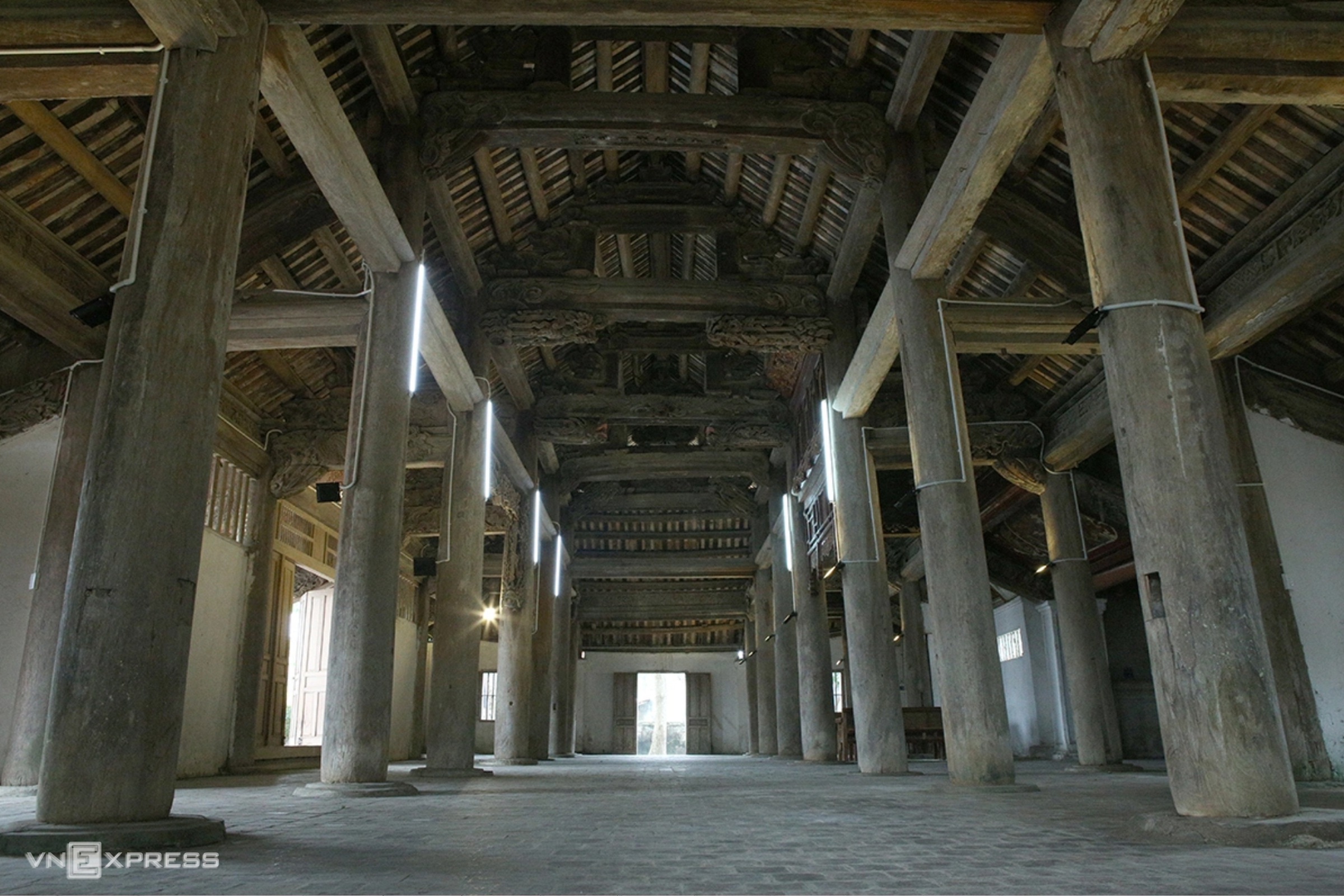 |
The single-room, four-column rear sanctuary, now renovated, honors the village guardian spirits, Prince Uy Minh Vuong Ly Nhat Quang (the 8th son of King Ly Thai To), and other ancestors. |
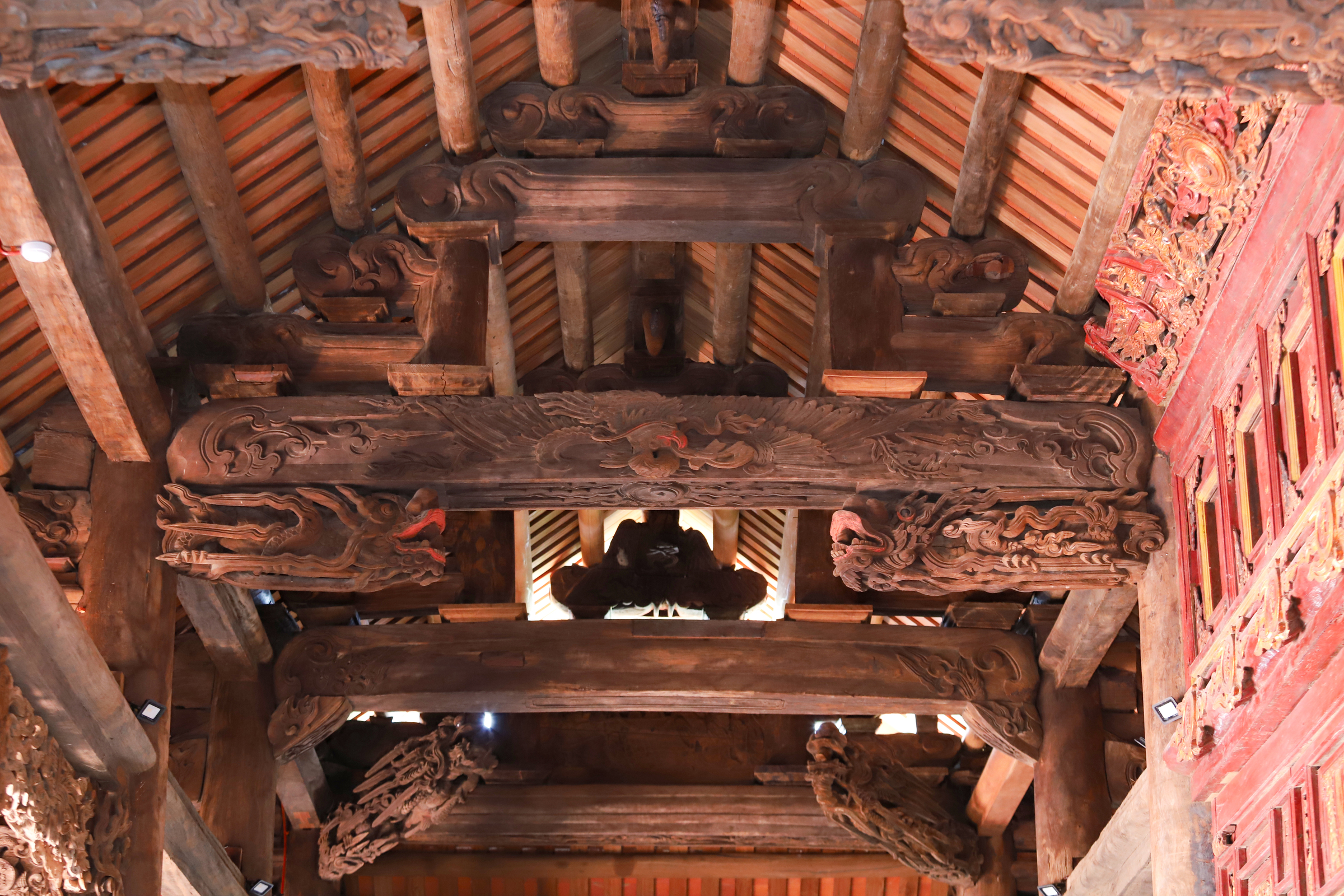 |
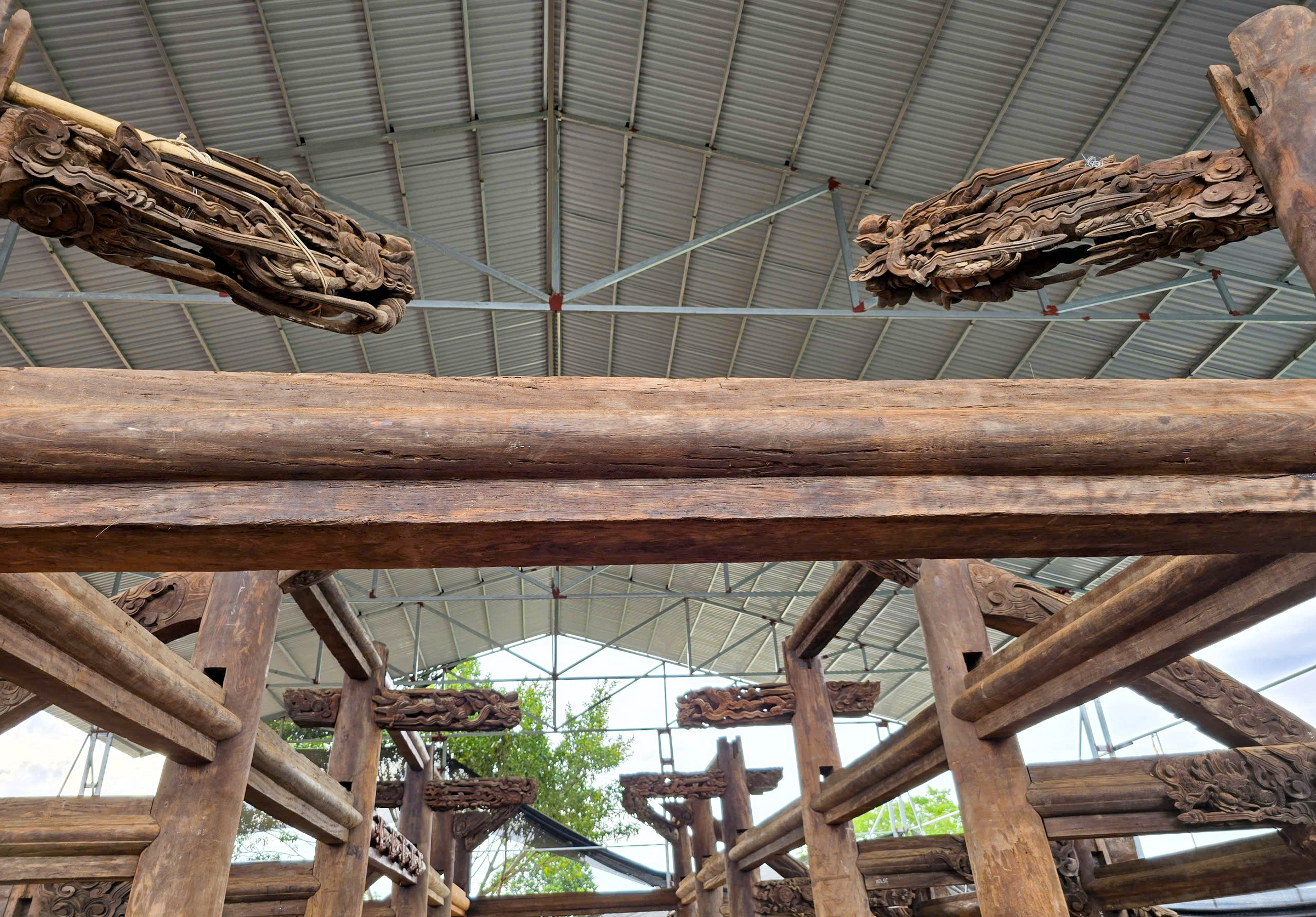 |
The crossbeams and lower sections of the house were preserved, with some horizontal beams replaced. For wooden elements affected by termites, damaged sections were removed and replaced with matching wood pieces, secured with adhesive.
The contractor assembled a team of carpenters and builders from various provinces, including Nam Dinh, Hanoi, Nghe An, and Hue.
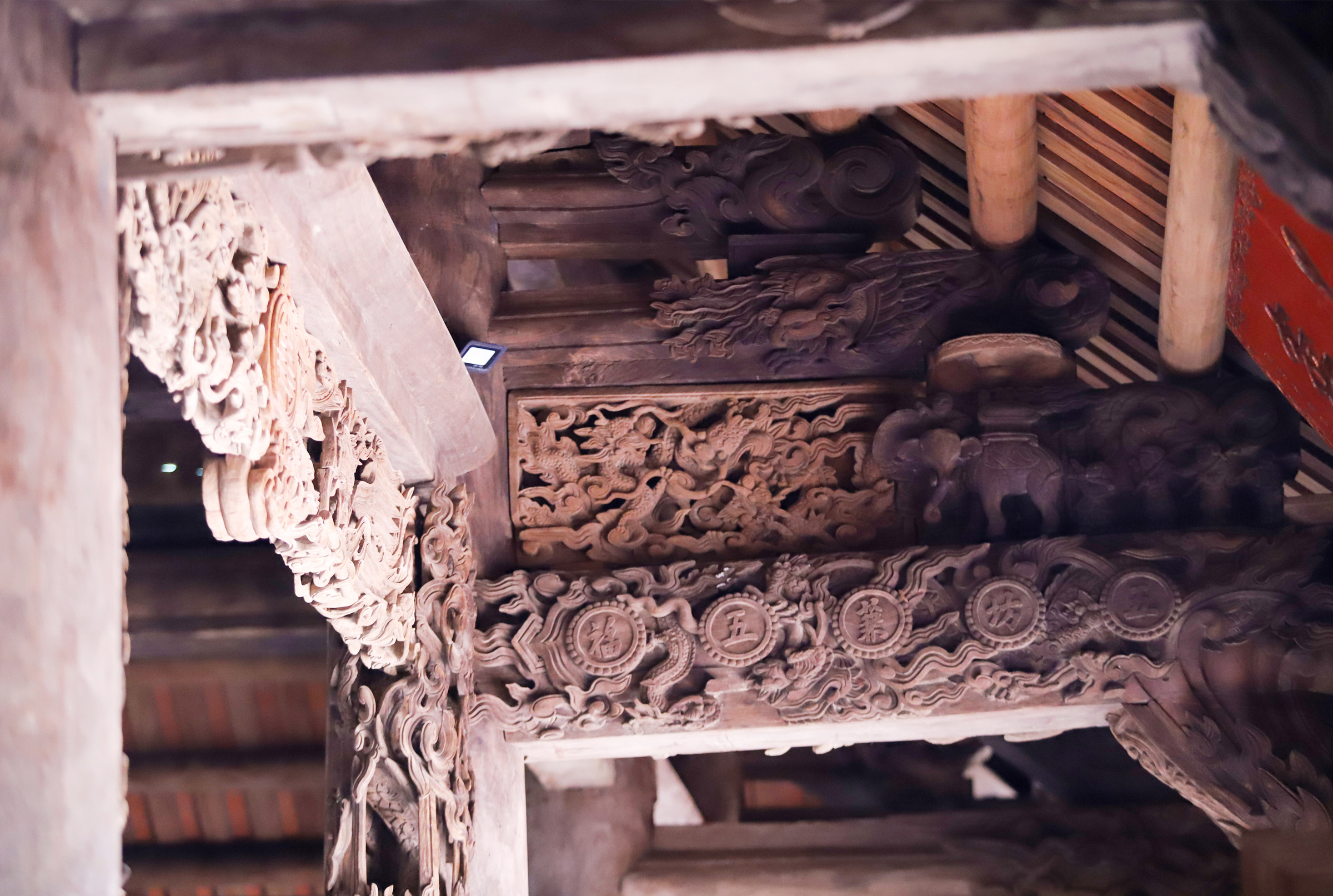 |
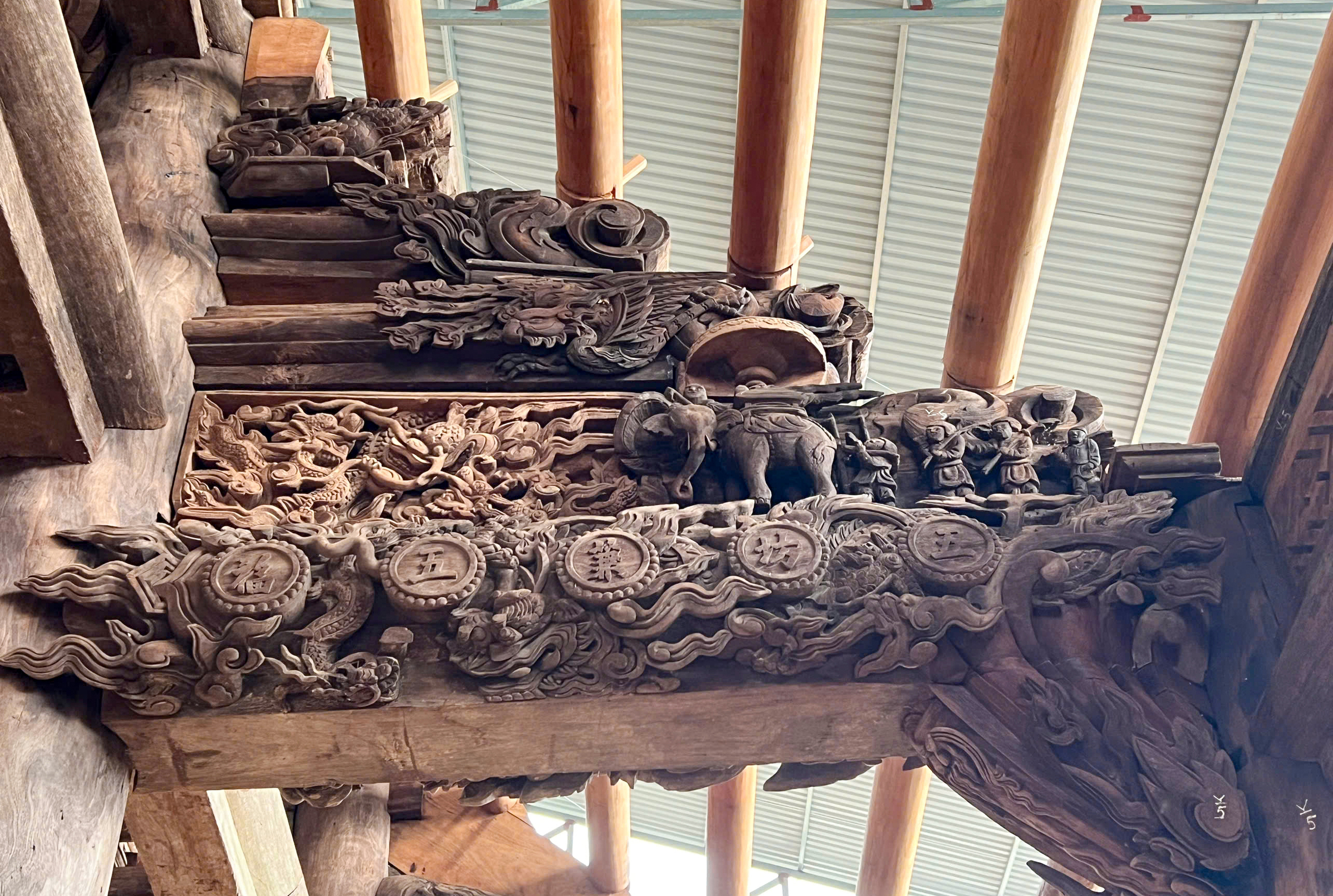 |
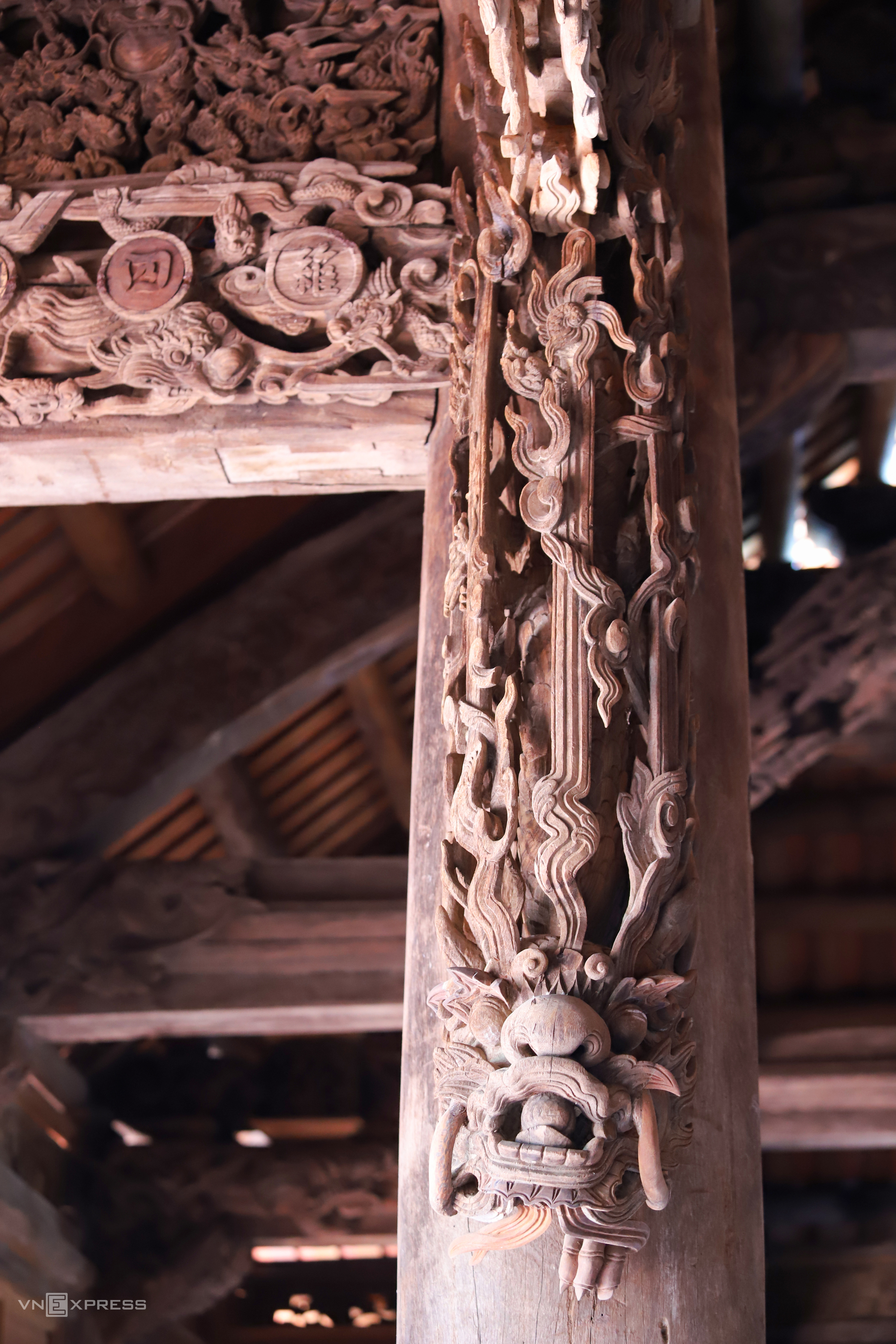 |
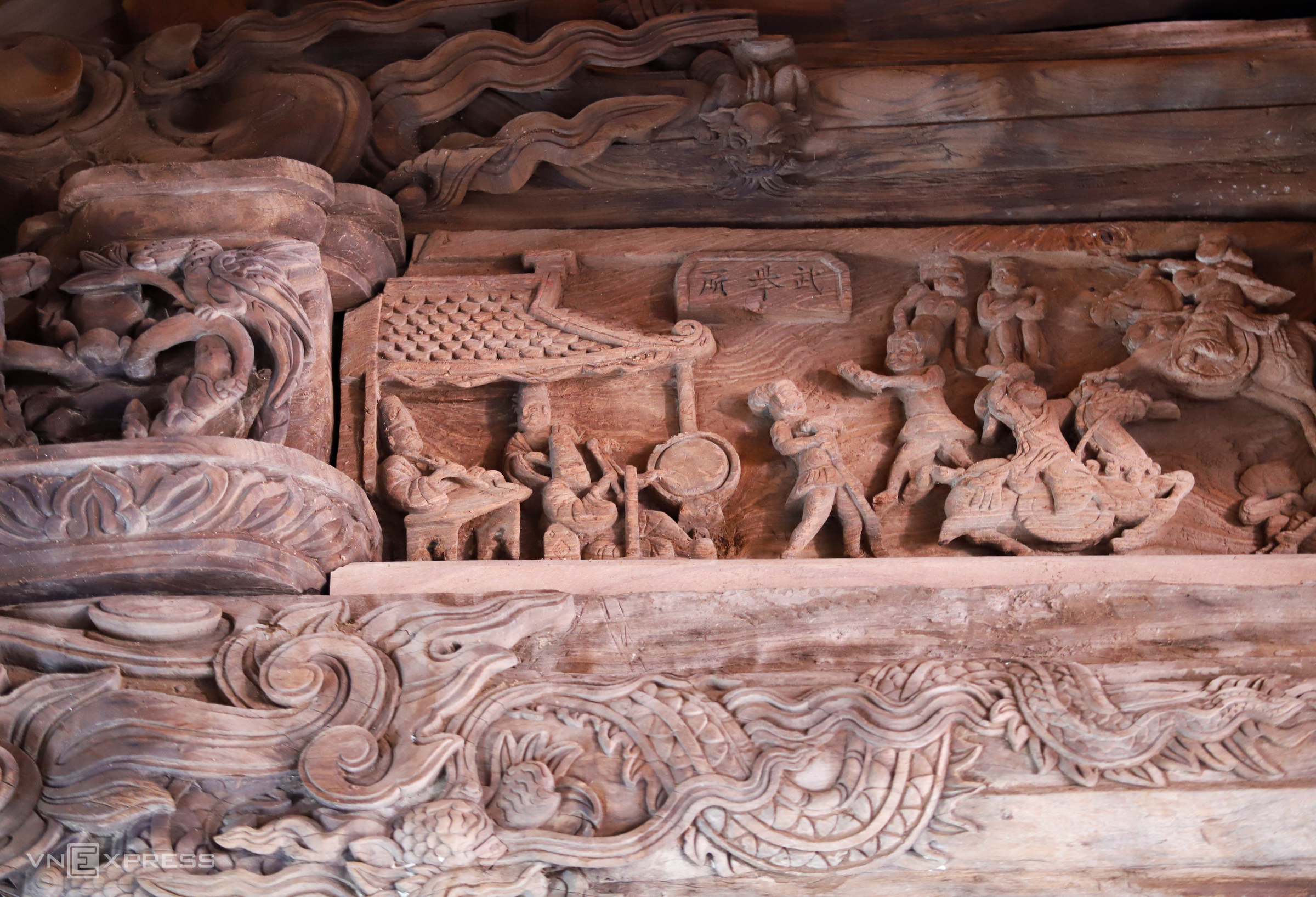 |
A restored "Mid-Autumn Festival" panel depicts a traditional village celebration.
Craftsmen meticulously sanded the panels, restoring faded or chipped details.
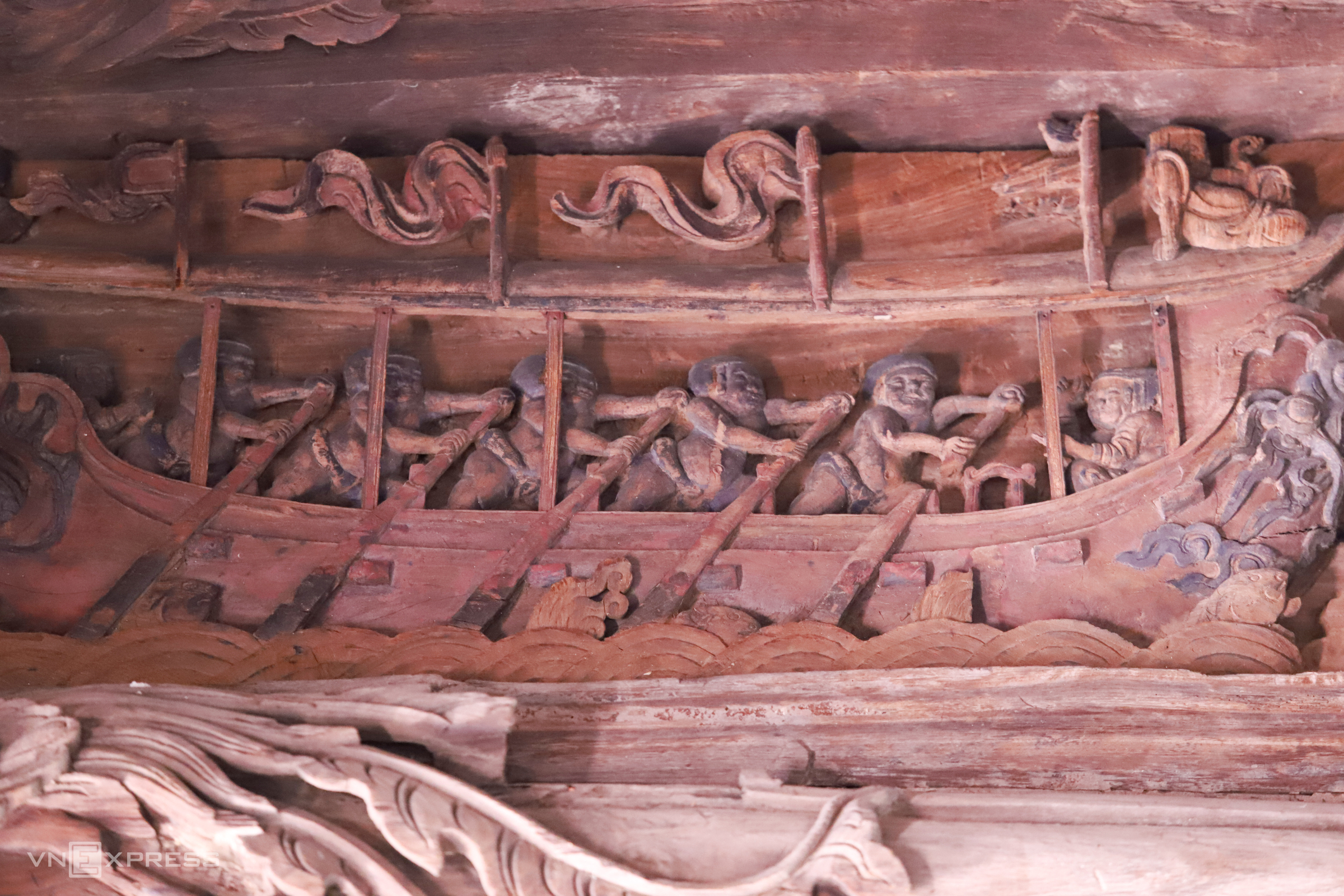 |
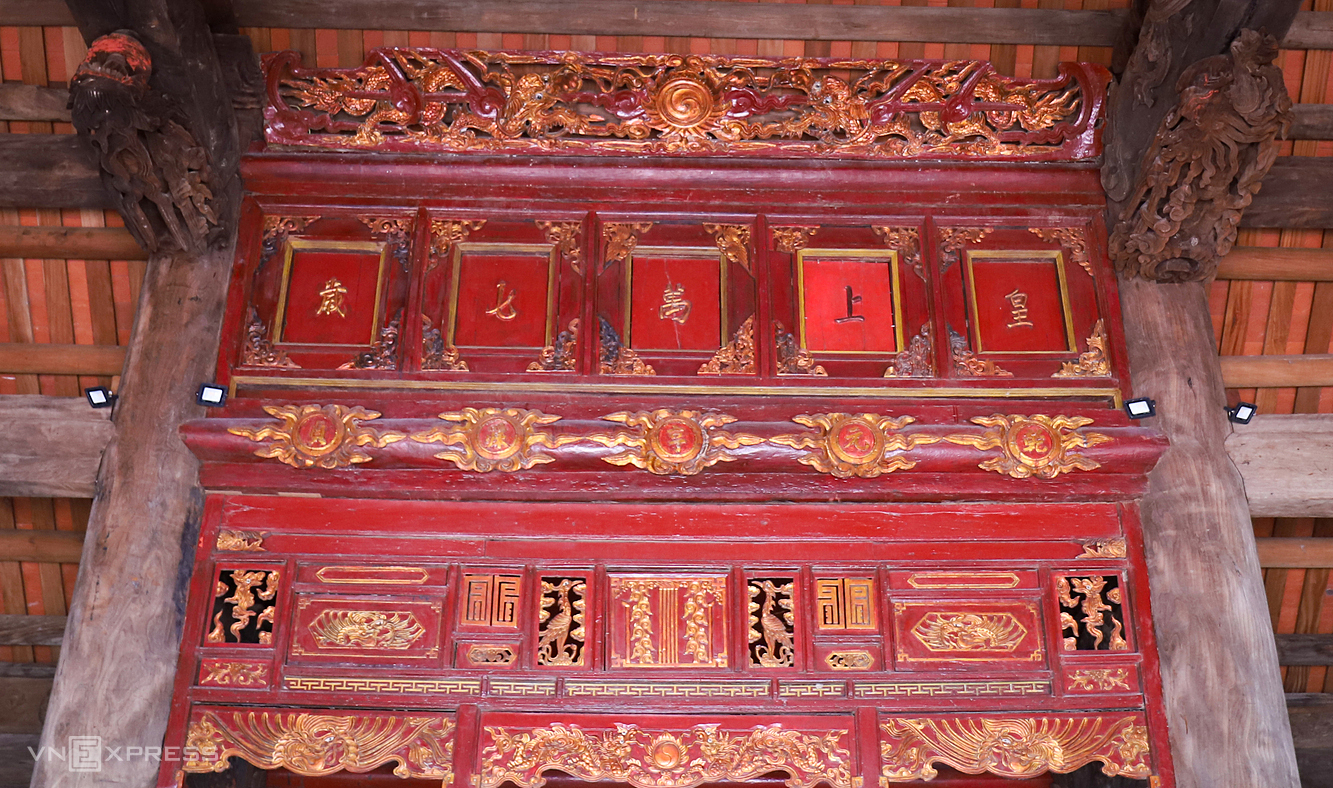 |
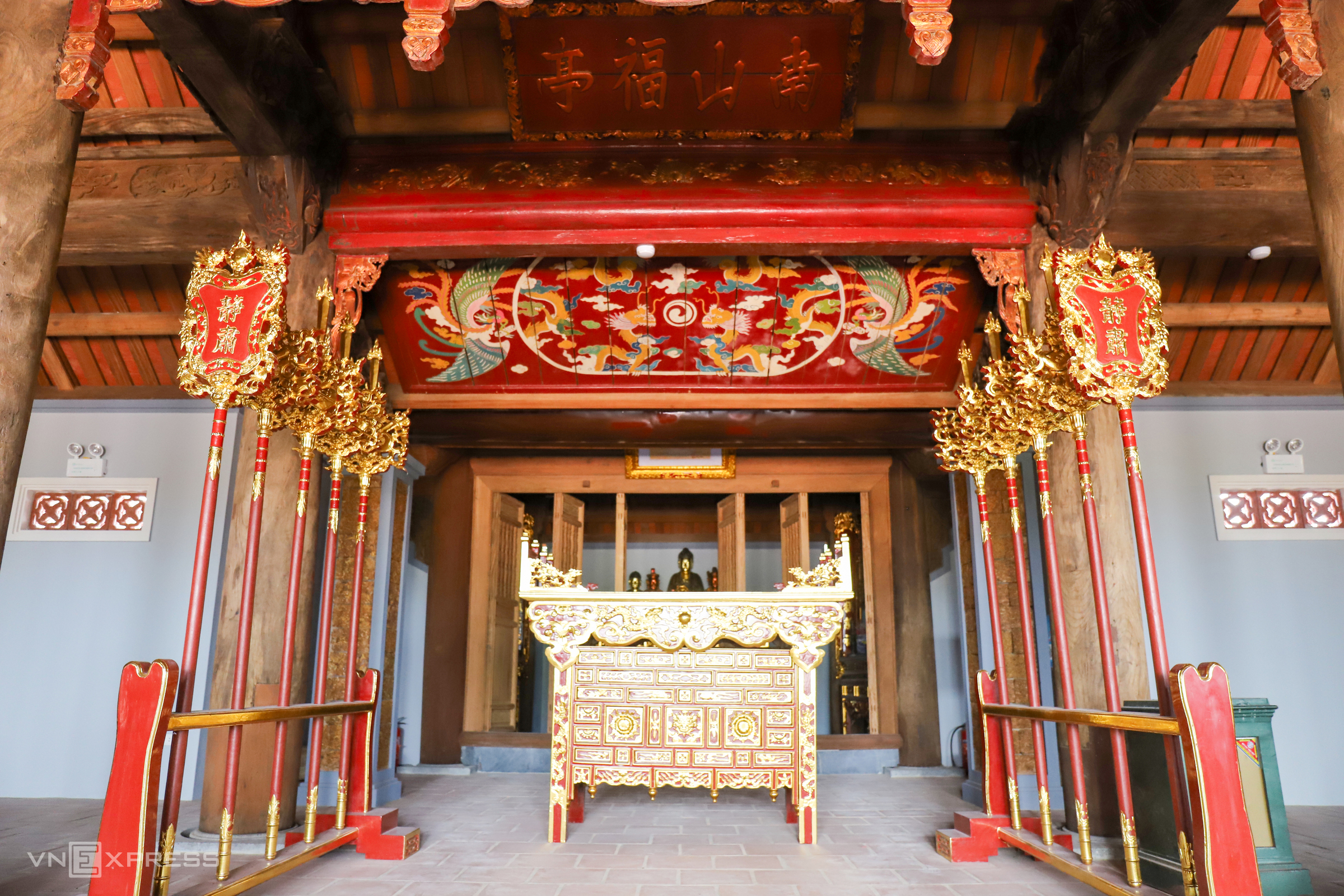 |
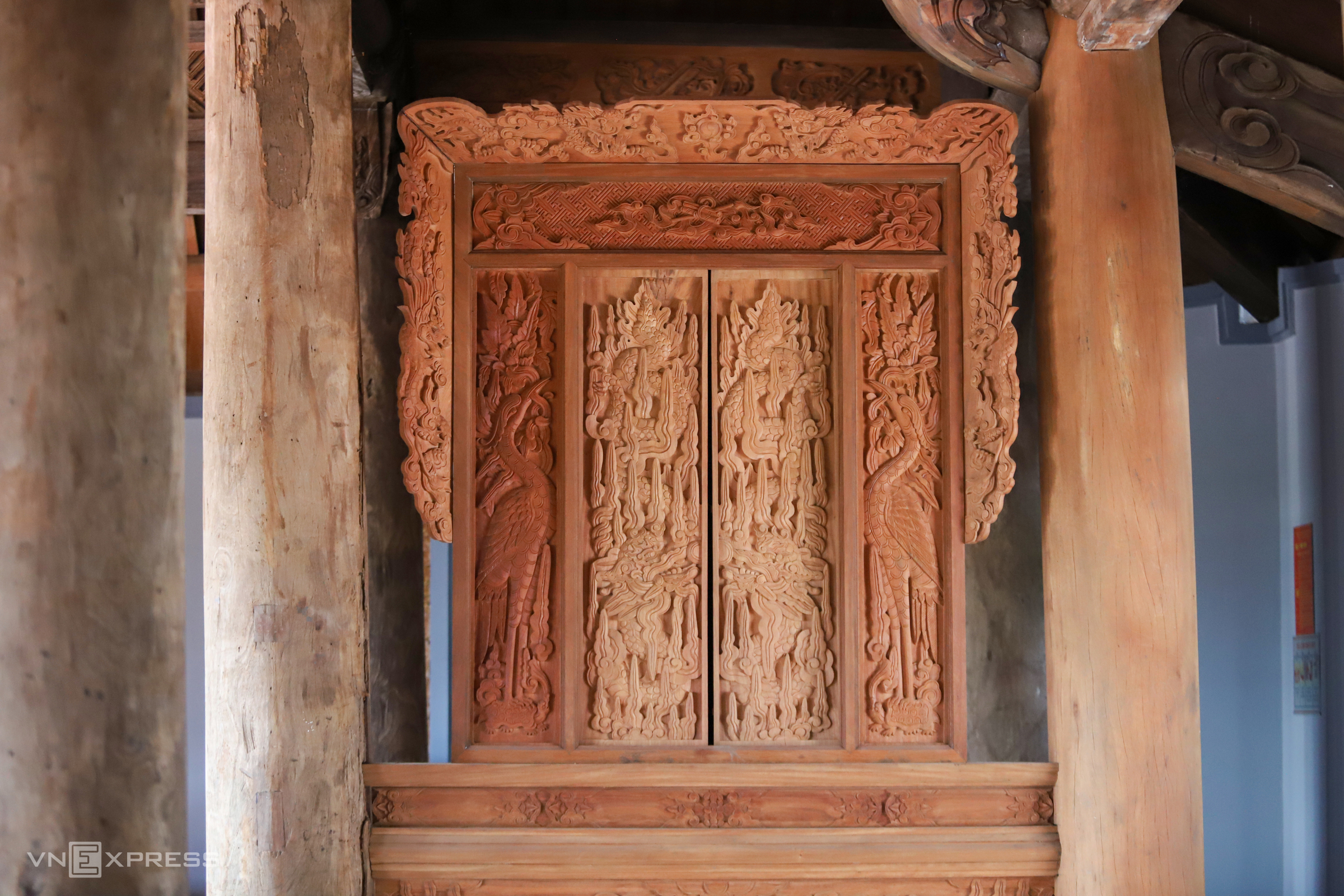 |
In addition to restoring existing features, authorities also reinstated lost elements. A cabinet, lost over time, has been recreated based on historical records.
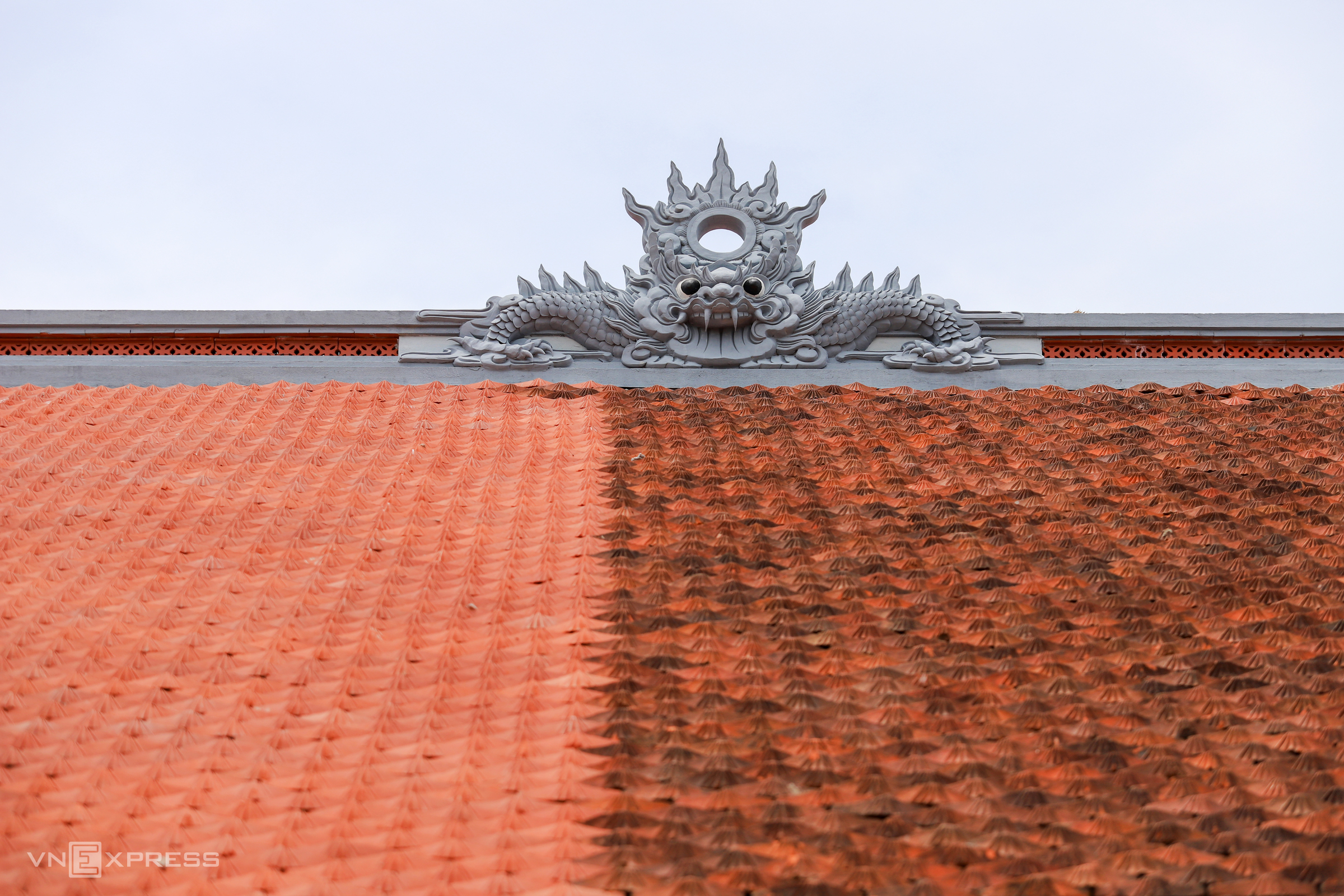 |
The roof, previously repaired multiple times with yin-yang tiles, retains some original tiles in good condition. Only broken or severely damaged tiles were replaced.
Originally made from shells, the dragon motifs on the roof have been recreated in cement, preserving the original design. Hue artisans crafted the entrance gate and the dragon and unicorn details on the tiled roof.
In mid-September, after 1.5 years, the restoration was completed. The Hoanh Son communal house is now open to visitors.
Duc Hung












